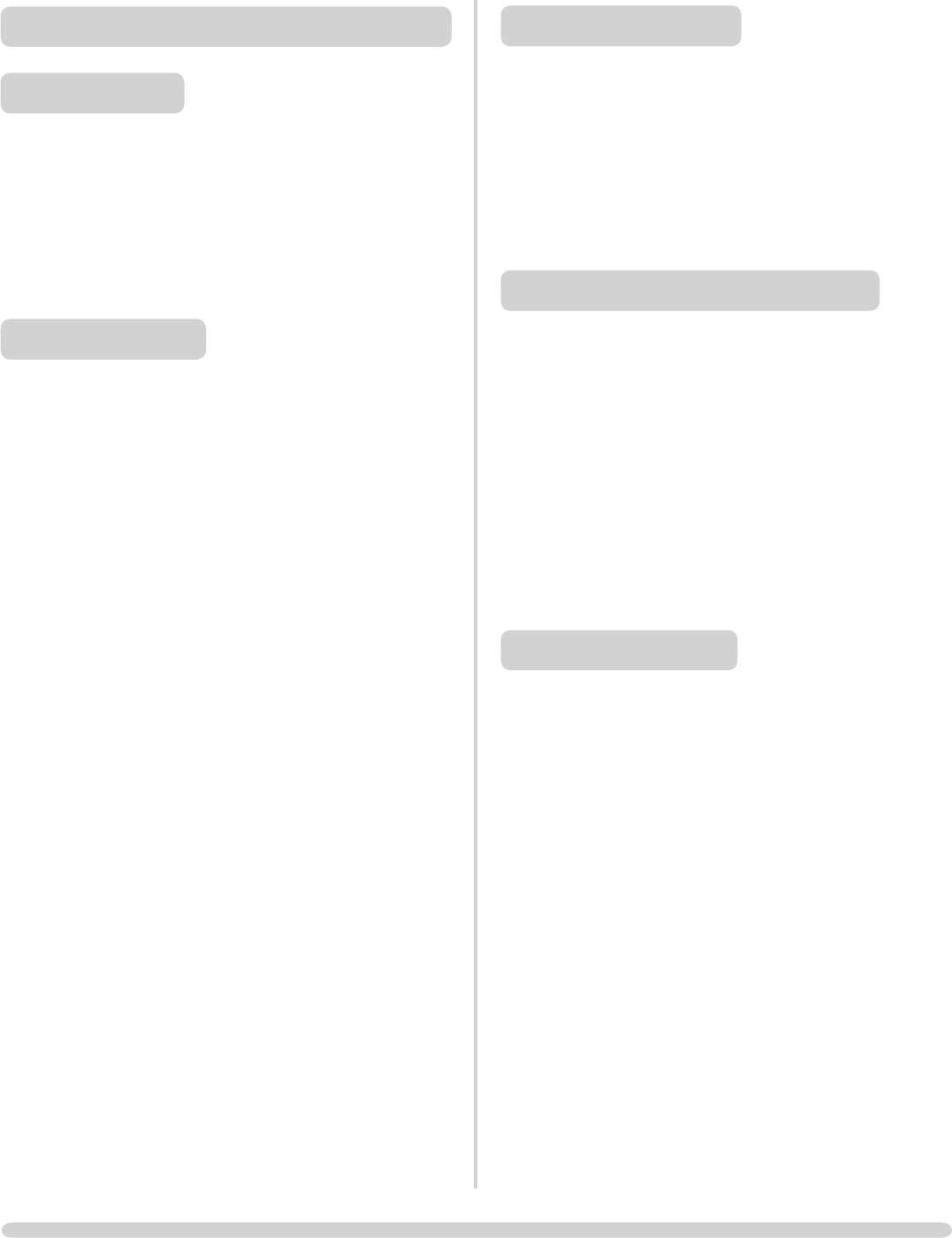
27
3. Hot Water Cylinder
3.1 The domestic hot water cylinder must be an indirect vented
double feed type to meet national standards** and should
have a minimum capacity of 117 litres. Houses with more
than one bathroom or a separate shower will need a bigger
tank.
Fully insulate the tank.
The water draw off pipes to the taps should be in a dead
leg connection from the vent pipe.
4. Open Vent And Cold Feed System
4.1 This system must be fitted with a minimum of 22mm
diameter open vent discharging into a heat resisting feed
and expansion tank. There must be at least 25mm air gap
between the end of the pipe and the water level. The
cistern tank should have an overflow with a minimum
diameter of 22mm
The cold feed must be a minimum 22mm and enter the
system as the last connection on the common boiler return.
The open vent and cold feed must not be fitted with any
valves, manual or automatic.
Do not use plastic pipe in any part of the flow and
return.
5. Heat Leak Radiator
5.1 A heat leak radiator must be fitted in the gravity circuit to
dissipate any excess heat produced from the boiler when
connected demand is low. The domestic hot water cylinder
may not be able to disperse heat at all times due to modern
insulation. This radiator is commonly fitted in the bathroom
and should be rated at 2kW (6500 btu) or 10% of the total
boiler output.
This radiator ensures that the appliance is not shut down
completely for long periods resulting in the fire going out.
Fit the heat leak radiator in the gravity circuit using 22mm
pipe reducing to 15mm for no more than 300mm before
the radiator.
Fit the radiator with two ‘lock-shield’ valves that are set
in the fully open position and cannot be shut down. Use
diagonal connections. Do not fit thermostatic valves or
manually adjustable valves to the heat leak radiator.
CENTRAL HEATING SYSTEM
1. General
This appliance gives out heat in two ways:
—Directly into the room in which it is fitted through
convection and radiation.
—Hot water to heat radiators and domestic hot water.
The installation must comply with building regulations and
use best practice advice.
2. Boiler Sizing
2.1 It is very important to determine the correct size of
appliance for the house:
—Too big a boiler will run too hot and will not be efficient.
—Too small a boiler will not maintain the desired
temperature.
2.2 Size the boiler correctly by calculating the following heat
loads:
RADIATORS - the amount of heat required to run the
radiators efficiently. The correct size of radiator depends
on the required temperature for the room, the room heat
losses and the radiator manufacturer’s guides.
HOT WATER - the amount of heat required to provide the
desired amount of domestic hot water.
LOSSES – the amount of heat lost in pipe work - typically
10% of the combined radiators and hot water loads.
There are national guidelines for calculating these figures*.
2.3 Careful consideration must be given to where the appliance
is fitted. It must be sized correctly for the heat load required
and the size of the room. These requirements can be found
in the Technical Specifications.
2.4 All Stovax appliances are thermostatically controlled. The
burning rate is adjusted to the demands of the connected
heat load. If the radiators do not require heat then the
thermostat will act to shut down the appliance and the
direct heat output to the room where it is fitted will reduce
(see heat output graph on page 15 to show the ratio
between direct heat output and water heat output). To
prevent the room becoming too cold, fit a thermostatically
controlled radiator as well as the appliance.
INSTALLATION INSTRUCTIONS


















